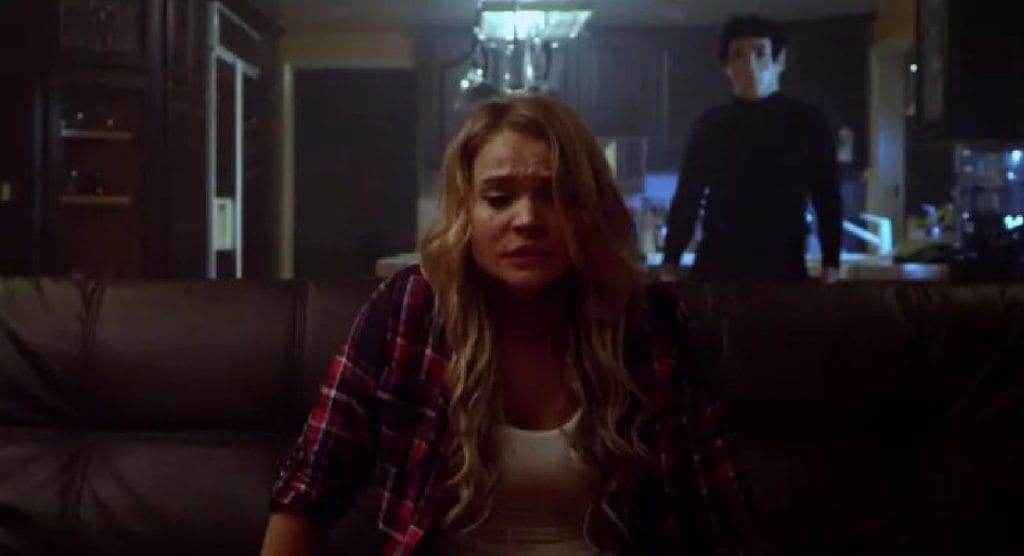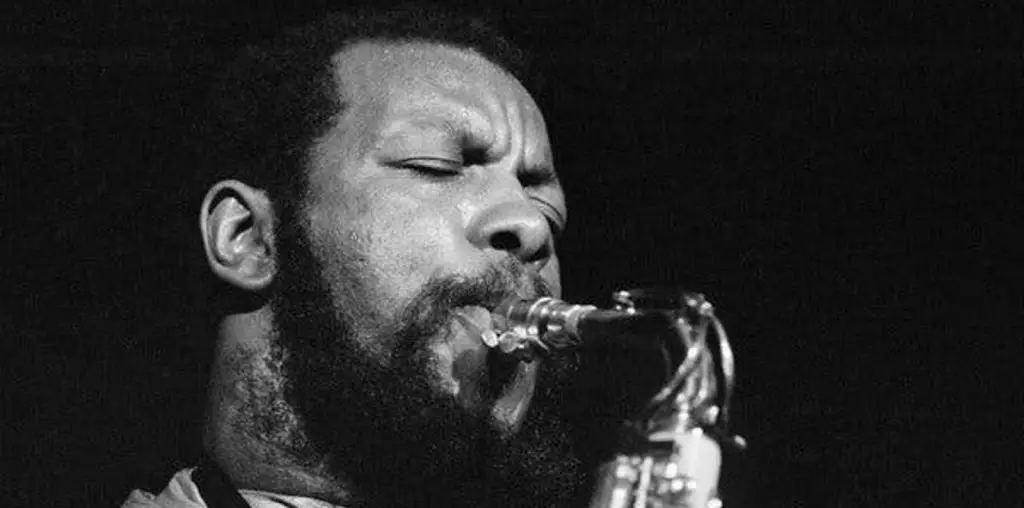
David Lowery’s Ain’t Them Bodies Saints tells of a married couple whose misdeeds make a single mother of one of them and a jailbird of the other. Rooney Mara, in her first role since The Girl with the Dragon Tattoo, proves several times over that her Oscar-nominated turn was far from a fluke; Casey Affleck is equally impressive as the other half of the equation, though viewers will be forgiven if his accent and mannerisms bring to mind his character in The Assassination of Jesse James by the Coward Robert Ford (he’s even named Bob again).
Love doesn’t quite conquer all for these two descendants of Bonnie and Clyde – or, considering the clear Badlands influence, Kit and Holly – but it does keep them going in spite of how desperate their situation is from the outset. Lowery plays the same close-up attention to long embraces and sweet nothings as Terrence Malick, his most readily apparent forebear; the setting of Meridian, Texas and sparse dialogue also recall Cormac McCarthy. One could do worse than to emulate these two (and, indeed, several have), but Lowery doesn’t always always seem eager to distinguish himself.
The end result isn’t quite as profound as it wants to be, but every frame is gorgeously rendered, every word carefully chosen. This is a consistently moving tone poem of a film, even if its immediacy doesn’t necessarily translate into long-lasting resonance. Lowery’s free-floating approach makes a number of climactic events carry less weight than they otherwise might, but his commitment to this intimate mode of visual storytelling is never less than admirable.
There are as many narrated letters as actual conversations—so many, in fact, that it takes a while to realize just how little screen-time Affleck and Mara actually share. In some scenes it’s as though, after writing each exchange, the writer-director halved the dialogue and had his cast act out the rest wordlessly. Longer exchanges, when they actually occur, thus draw special attention.
This is ultimately a film whose elements are all in conversation with one another and, though Lowery’s attempts to cut to his characters’ core by bypassing such particulars as how they met and what it is that actually draws them toward one another aren’t always successful, their interplay is often as deeply felt by us as it is by the two of them.

